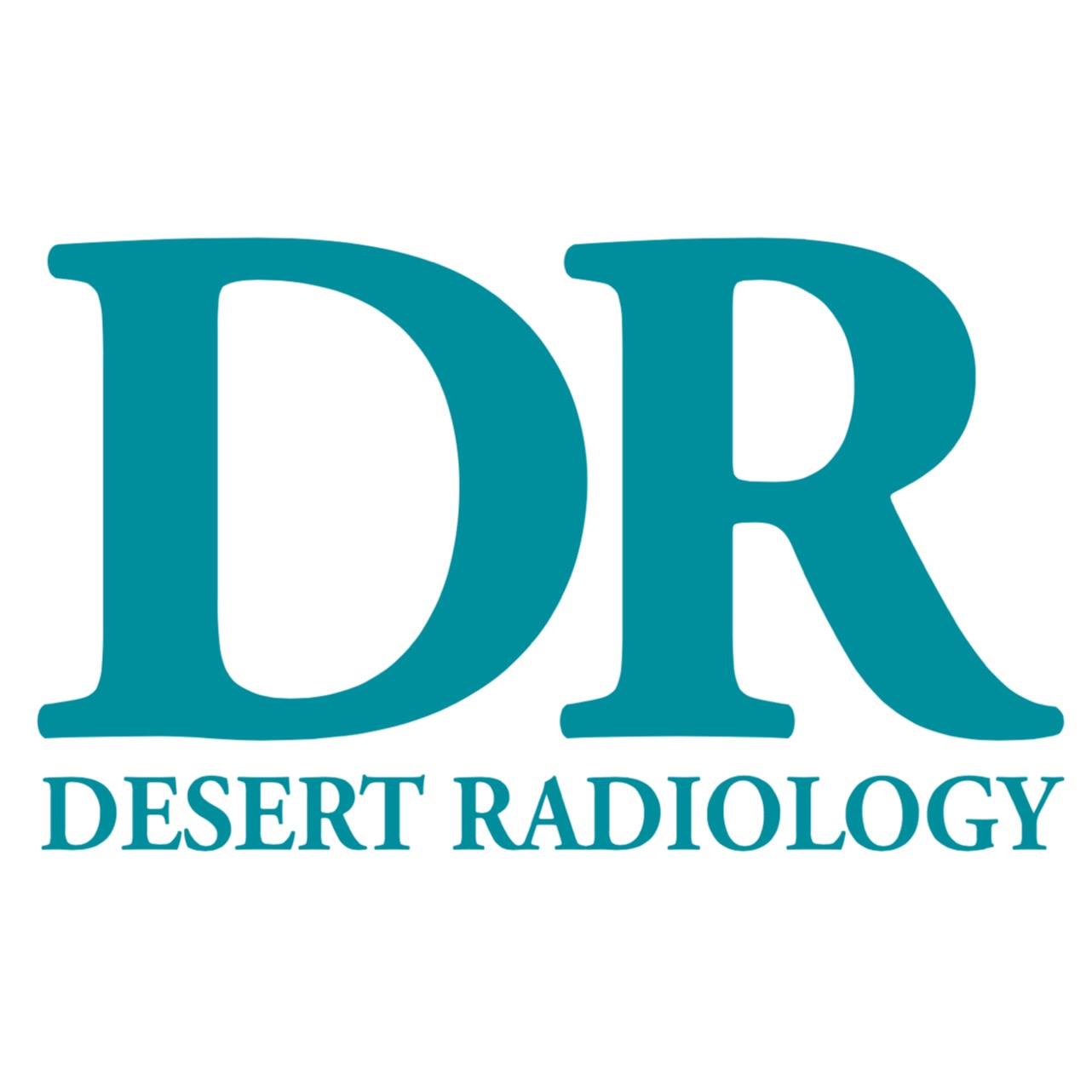Desert radiology is an essential field in medical imaging, providing crucial insights into patient diagnoses and treatment plans. In a world where healthcare continues to advance at a rapid pace, understanding the nuances of desert radiology becomes imperative for both professionals and patients alike. This article delves deep into what desert radiology entails, its applications, and its significance in the healthcare landscape.
The term "desert radiology" refers to the practice of radiology in arid regions, where access to medical imaging services can be limited. This practice not only addresses the unique challenges posed by geographical barriers but also highlights the importance of technology and innovation in healthcare. By exploring the various aspects of desert radiology, we aim to foster a better understanding of its impact and relevance.
As we navigate through this article, we will discuss the different modalities used in desert radiology, the challenges faced by practitioners, and the advancements that are shaping the future of this field. Whether you are a healthcare professional, a student, or simply someone interested in medical imaging, this article promises to provide valuable insights into the world of desert radiology.
Table of Contents
- What is Desert Radiology?
- Biography of Desert Radiology
- Modalities Used in Desert Radiology
- Challenges in Desert Radiology
- Advancements in Desert Radiology
- Importance of Desert Radiology
- Case Studies in Desert Radiology
- Conclusion
What is Desert Radiology?
Desert radiology refers to the practice of radiology in desert or arid regions, characterized by limited access to healthcare facilities and imaging technology. This sub-specialty aims to provide diagnostic imaging services to underserved populations living in remote areas.
Biography of Desert Radiology
Desert radiology has evolved over the years, with significant contributions from various healthcare professionals. The growth of this field can be attributed to advancements in technology and a commitment to improving healthcare access in remote areas.
| Aspect | Details |
|---|---|
| Founding Year | 2000 |
| Key Contributions | Innovations in imaging technology, telemedicine |
| Current Trends | AI integration, mobile imaging units |
Modalities Used in Desert Radiology
In desert radiology, various imaging modalities are utilized to ensure accurate diagnosis and treatment planning. Some common modalities include:
- X-rays
- Ultrasound
- CT scans
- MRIs
Each of these modalities plays a vital role in diagnosing different medical conditions, allowing healthcare providers to offer comprehensive care to patients in desert regions.
Challenges in Desert Radiology
Practitioners of desert radiology face numerous challenges, including:
- Limited access to advanced imaging technology
- Shortage of qualified radiologists
- Geographical barriers that hinder patient access to care
- The need for effective telemedicine solutions
These challenges necessitate innovative approaches to ensure that patients receive the care they need, despite the limitations of their environment.
Advancements in Desert Radiology
Recent advancements in technology have significantly impacted desert radiology. Some notable developments include:
- Tele-radiology, allowing remote consultation and diagnosis
- Portable imaging devices, enabling on-site examinations
- AI-powered imaging analysis to enhance diagnostic accuracy
These advancements not only improve patient outcomes but also help bridge the gap between healthcare providers and patients in remote areas.
Importance of Desert Radiology
Desert radiology plays a crucial role in the healthcare system by:
- Providing essential diagnostic services to underserved populations
- Enhancing the overall quality of care
- Facilitating early detection and treatment of medical conditions
By addressing the unique needs of patients in desert regions, desert radiology ensures that they receive timely and effective medical care.
Case Studies in Desert Radiology
Several successful case studies demonstrate the impact of desert radiology on patient care. For instance:
- A mobile imaging unit improved access to CT scans for remote communities, resulting in faster diagnoses.
- Tele-radiology services connected rural healthcare providers with specialists, enhancing treatment plans.
These case studies highlight the importance of innovation and collaboration in improving healthcare access in desert regions.
Conclusion
In summary, desert radiology is a vital field that addresses the unique challenges faced by healthcare providers and patients in arid regions. Through advancements in technology and a commitment to improving access to care, desert radiology has the potential to transform healthcare delivery in underserved communities. We encourage readers to engage with this topic further by sharing their thoughts in the comments or exploring related articles on our site.
Thank you for taking the time to read about desert radiology. We hope to see you back on our site for more insightful articles!
Jackson Dollinger: A Rising Star In The Entertainment Industry
Channing Tatum's Daughter: A Glimpse Into The Life Of Everly Tatum
Understanding The Life And Legacy Of Lauren Agee


